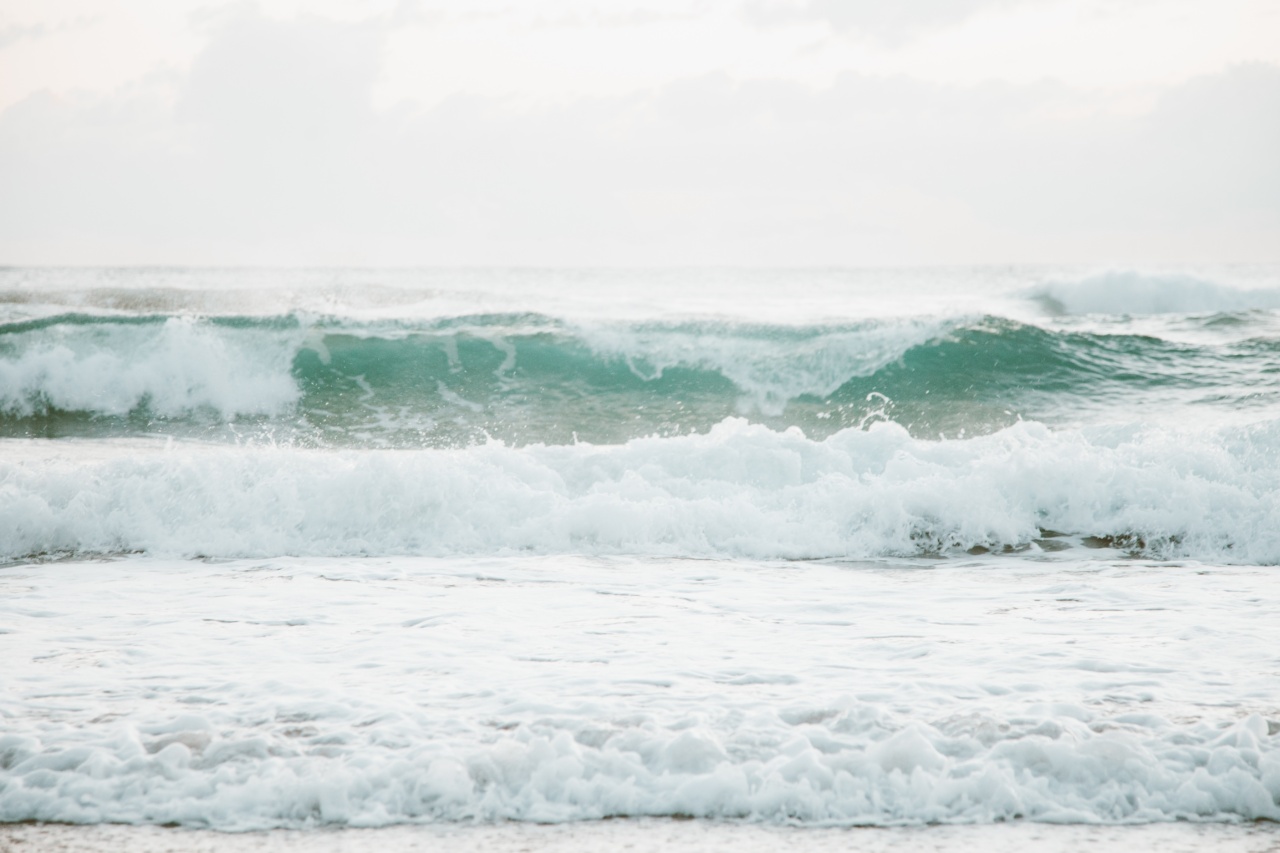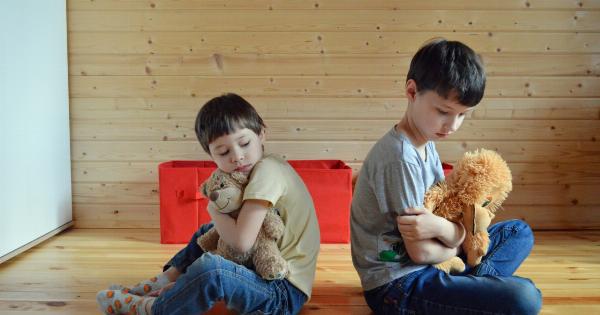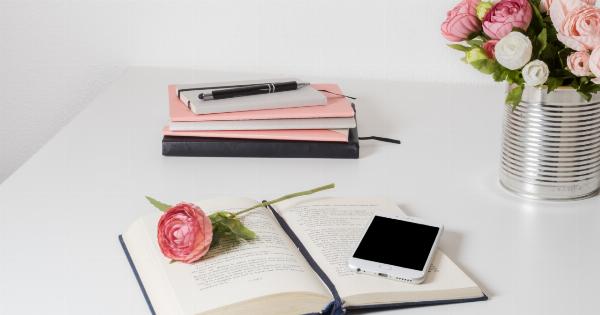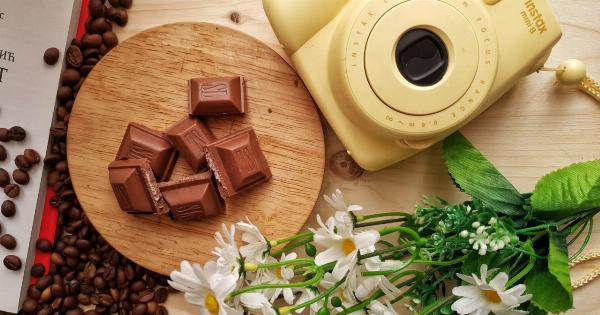Colors play a significant role in our lives. They have the power to evoke emotions, affect our mood, and influence our behavior.
Different colors have different psychological effects, and one color that is often associated with feelings of calmness and relaxation is blue. However, determining the most soothing color is subjective and can vary from person to person. In this article, we will explore the concept of soothing colors and discuss some other colors known for their calming effects on individuals.
The Psychology of Colors
Color psychology is the study of how colors affect human behavior and emotions. It examines the relationship between colors and our physiological responses, such as heart rate, blood pressure, and hormone secretion.
Different colors can elicit specific emotional and psychological responses, making them unique in their effects on individuals.
The Calming Effects of Blue
Blue is often regarded as one of the most soothing colors. It is associated with feelings of tranquility, calmness, and serenity. The color blue has a cooling and calming effect, reminiscent of the sky and the ocean.
Just as gazing at a clear blue sky can make us feel relaxed, being surrounded by blue can induce a sense of peace and tranquility.
The Symbolism of Blue
Blue is commonly associated with stability, trust, and loyalty. It is also linked to feelings of security and inner peace. In many cultures, blue is considered a color that represents spirituality and wisdom.
It is often used in meditation and mindfulness practices due to its calming and centering effects on the mind.
Other Soothing Colors
While blue is widely recognized as a soothing color, there are other colors that can also have calming effects on individuals. Some of these colors include:.
1. Green
Green is often associated with nature and the outdoors, making it a color that provides a sense of tranquility. It symbolizes growth, harmony, and balance.
Being surrounded by greenery or looking at lush green landscapes can evoke feelings of peace and relaxation.
2. Lavender
Lavender, a color often associated with its namesake flower, has calming and soothing properties. It can reduce stress and anxiety, promoting a sense of calmness.
Lavender is commonly used in aromatherapy and relaxation techniques to induce a state of relaxation and peacefulness.
3. Pink
Pink is a color often associated with femininity and tenderness. It has a calming effect on individuals and can evoke feelings of warmth and tranquility.
Pink is often used in spaces designed for relaxation, such as spas and bedrooms, to promote a sense of calmness.
4. White
White, often associated with purity and cleanliness, can also have a calming effect. It creates a sense of spaciousness and simplicity, fostering feelings of tranquility and peace.
Many minimalist designs incorporate white to promote a serene and calm environment.
5. Gray
Gray is a neutral color that can induce a sense of calmness and stability. It creates a soothing and relaxing atmosphere, making it ideal for spaces where relaxation is desired, such as bedrooms or living rooms.
Gray is often used as a calming backdrop for other colors in interior design schemes.
6. Pale Blue
Pale blue, a lighter shade of blue, shares many of the calming properties of its darker counterpart. It is often associated with serenity and a peaceful state of mind.
Pale blue can create a soft and calming ambiance, particularly when used in bedrooms or meditation spaces.
7. Pastel Colors
Pastel colors, such as soft yellows, pinks, and greens, have a calming effect due to their muted and lighter tones. These colors can create a gentle and relaxing atmosphere, promoting feelings of tranquility and peace.
Pastel colors are often used in nurseries and spaces designed for relaxation.
8. Earthy Tones
Earthy tones, including warm browns and soft beiges, can induce a sense of grounding and relaxation. These colors are often associated with nature and the natural elements, evoking feelings of comfort and tranquility.
Earthy tones can create a cozy and peaceful environment.
9. Violet
Violet is a color that combines the calmness of blue and the tranquility of lavender. It has soothing properties and can promote feelings of relaxation and peace.
Violet is often associated with spirituality and can be used in meditation spaces or areas meant for quiet contemplation.
10. Pale Yellow
Pale yellow is a color that is often associated with happiness, warmth, and optimism. It can create a cheerful and uplifting environment, promoting relaxation and a positive mood.
Pale yellow is commonly used in spaces where a sense of calmness and comfort is desired.
Conclusion
While blue is often regarded as the most soothing color, there are other colors that can induce feelings of calmness and relaxation.
Colors such as green, lavender, pink, white, gray, pale blue, pastels, earthy tones, violet, and pale yellow also have calming effects on individuals. The choice of the most soothing color ultimately depends on personal preferences and individual responses to colors. Experimenting with different colors in different environments can help you find the most soothing color for yourself.





























